- Download:
- MP3 Audio149 MB

We kick of 2024 with a look at humanity’s attempts to recreate itself, first with a dip into the legends of the Golem of Prague, and then an extended discussion of the role of AI in the future of medieval studies and particularly this show.
Today’s Texts:
- Eleazar of Worms, Commentary on Sefer Yezirah, fol. 15d. In Moshe Idel. Golem: Jewish Magical and Mystical Traditions on the Artificial Anthropoid. State University of New York Press, 1990.
- Letter from Christoph Arnold to Johann Christoph Wagenseil, printed in Wagenseil’s Sota, Hoc est: Liber Mischnicus De Uxore Adulterii Suspecta, Altdorf,1674, pp. 1152-1234. Munich Digitization Center, digitale-sammlungen.de/en/view/bsb11215591
- [Anonymous golem-making text from MS Cambridge, Add. 647, fol. 18a.] In Moshe Idel. Golem: Jewish Magical and Mystical Traditions on the Artificial Anthropoid. State University of New York Press, 1990.
- Phillippson, Gustav. “Der Golem.” Schoschanim: Ein Blick indie Vergangenheit. M. Poppelauer’s Buchhandlung, 1871, pp. 77-81. Google Books.
- Tendlau, Abraham M. “Der Golem des Hogh-Rabbi-Löb.” Das Buch der Sagen und Legenden jüdischer Vorzeit, J. F. Cast’schen, 1842, pp. 16-18. Google Books.
- Tendlau, Adam. “Der Golem des Hoch-Rabbi-Löb.” 1842. In Hans Ludwig Held, Das Gespenst Des Golem, Allgemeine Verlagsanstalt München, 1927, pp 41-44. Google Books.
- William of Malmesbury. Chronicle of the Kings of England. Edited by J.A. Giles, translated by John Sharpe and J.A. Giles, George Bell & Sons, 1895. Google Books.
References:
- Bassett, Caroline. “The Construct Editor: Tweaking with Jane, Writing with Ted, Editing with an AI?” Textual Cultures, vol. 15, no. 1, 2022, pp. 155-60. JSTOR, jstor.org/stable/48687521
- Brodkin, Jon. “Lawyer Cited 6 Fake Cases Made Up by ChatGPT; Judge Calls It ‘Unprecedented.’” Ars Technica, Condé Nast, 30 May 2023, arstechnica.com/tech-policy/2023/05/lawyer-cited-6-fake-cases-made-up-by-chatgpt-judge-calls-it-unprecedented/
- Dekel, Edan, and David Gantt Gurley. “How the Golem Came to Prague.” Jewish Quarterly Review, vol. 103, no. 2, Spring 2013, pp. 241-258. JSTOR, jstor.org/stable/43298695?read-now=1#page_scan_tab_contents
- Harrison, Maggie. “A Huge Proportion of Internet Is AI-Generated Slime, Researchers Find.” Futurism, Recurrent Ventures, 19 Jan. 2024, futurism.com/the-byte/internet-ai-generated-slime
- Krause, Maureen T. “Introduction: ‘Bereshit bara Elohim’: A Survey of the Genesis and Evolution of the Golem.” Journal of the Fantastic in the Arts, vol. 7, no. 2/3, Special Issue on The Golem — Rabbi Loew and His Legacy: The Golem in Literature and Film, 1995, pp. 113-136.
- Laumann, Felix. “Low-Resource Language: What Does It Mean?” Medium, 10 Jun. 2022, medium.com/neuralspace/low-resource-language-what-does-it-mean-d067ec85dea5
- Marcus, Gary, and Reid Southen. “Generative AI Has a Visual Plagiarism Problem.” IEEE Spectrum, 6 Jan. 2024, spectrum.ieee.org/midjourney-copyright
- Shadbolt, Nigel. “‘From So Simple a Beginning’: Species of Artificial Intelligence.” Daedalus, vol. 151, no. 2, Spring 2022, pp. 28-42. JSTOR, jstor.org/stable/48662024
- Thompson, Brian, et al. “A Shocking Amount of the Web is Machine Translated: Insights from Multi-Way Parallelism.” Amazon Web Services AI Lab, 11 Jan. 2024, arxiv.org/pdf/2401.05749.pdf
Image by DALL-E 2.
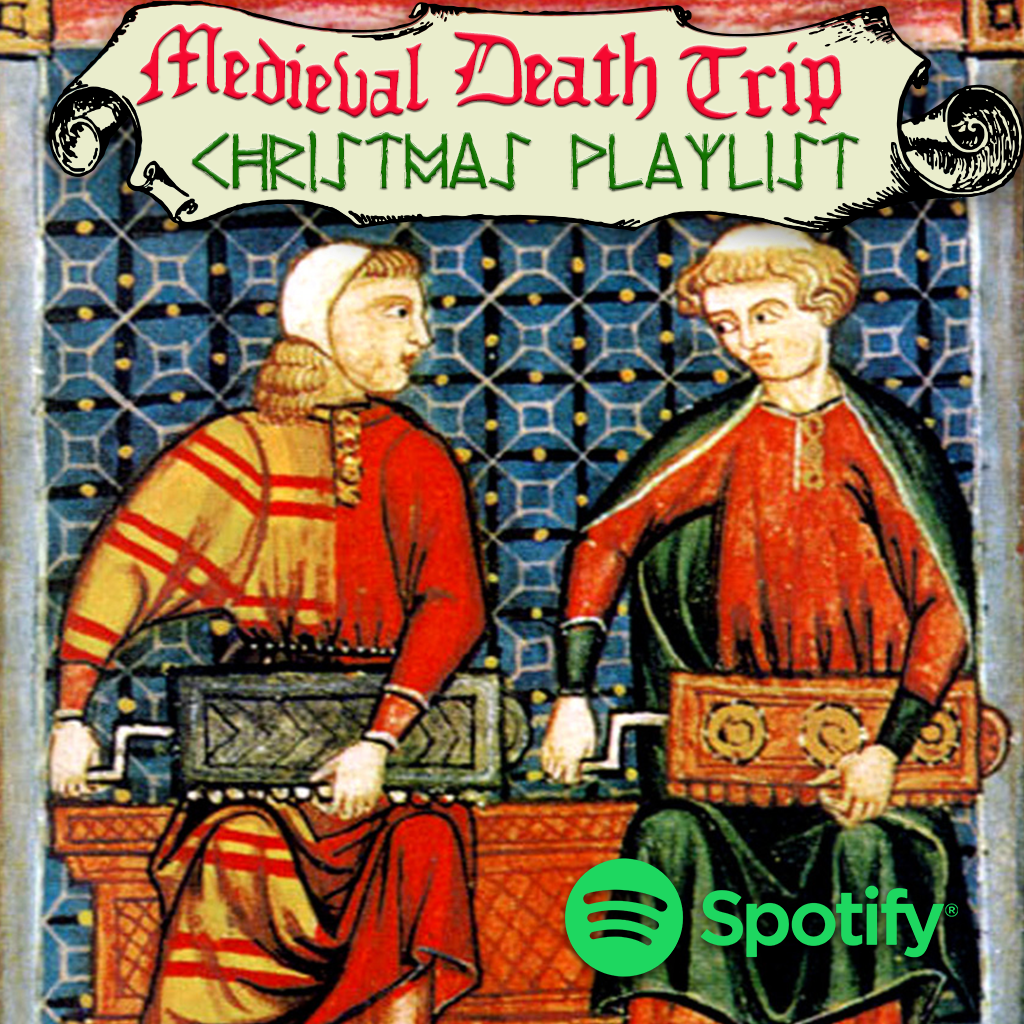
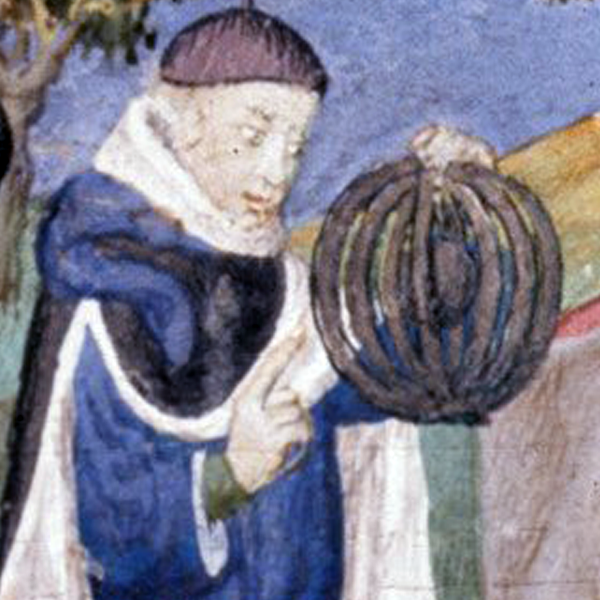
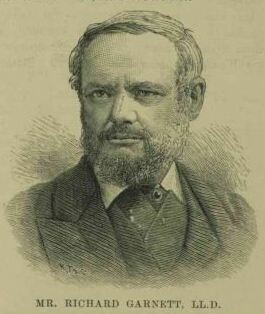
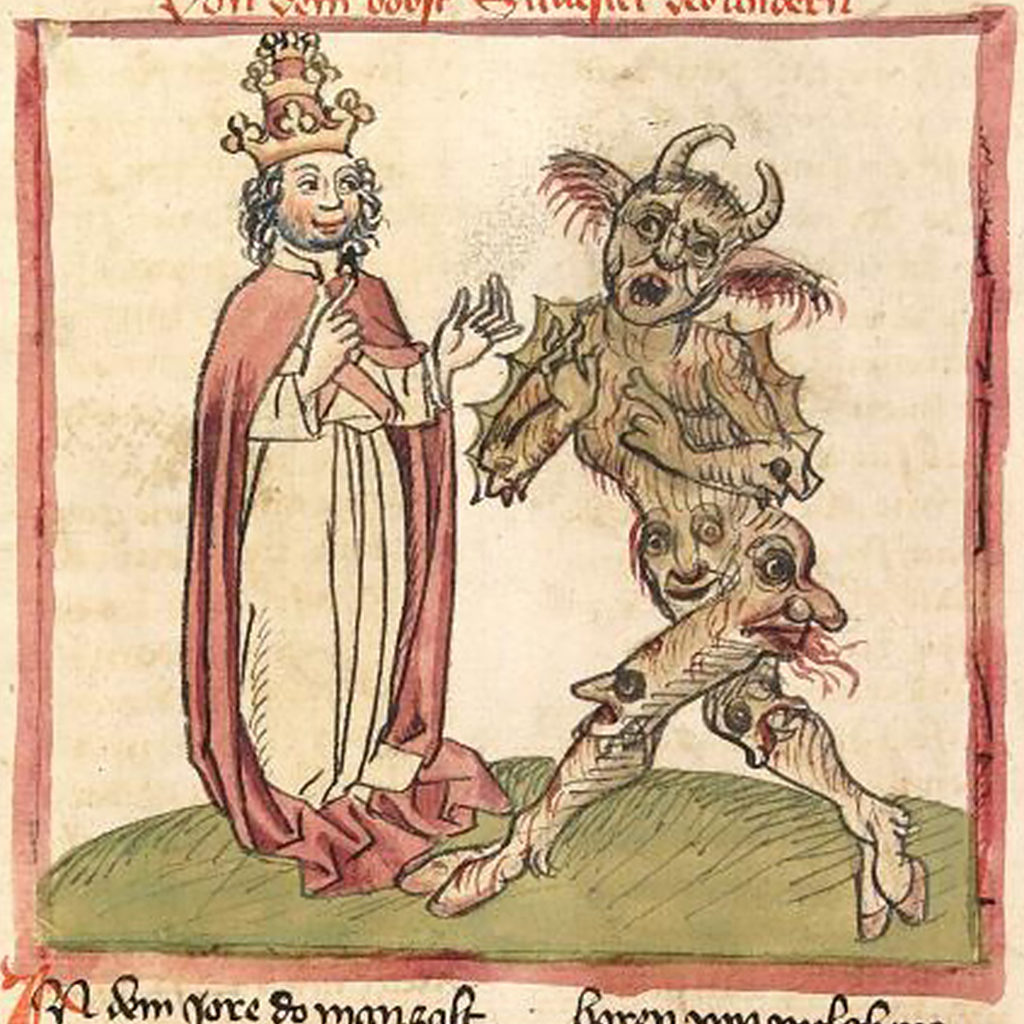
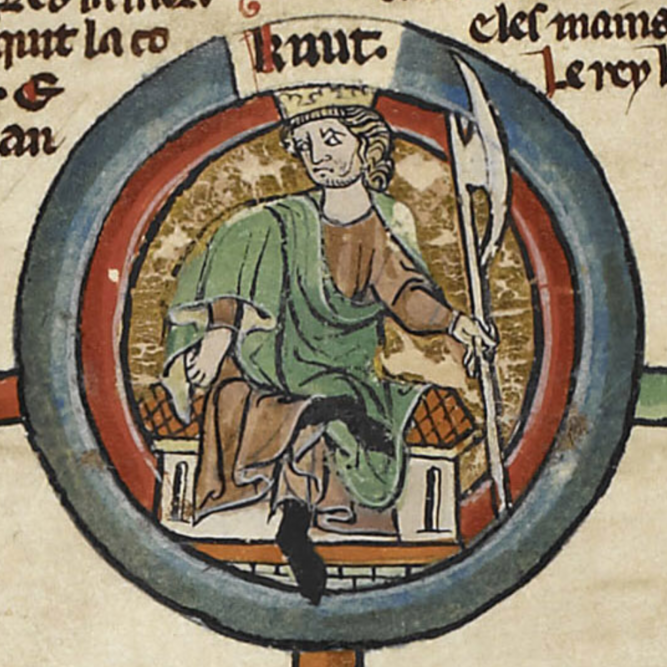





Recent Comments